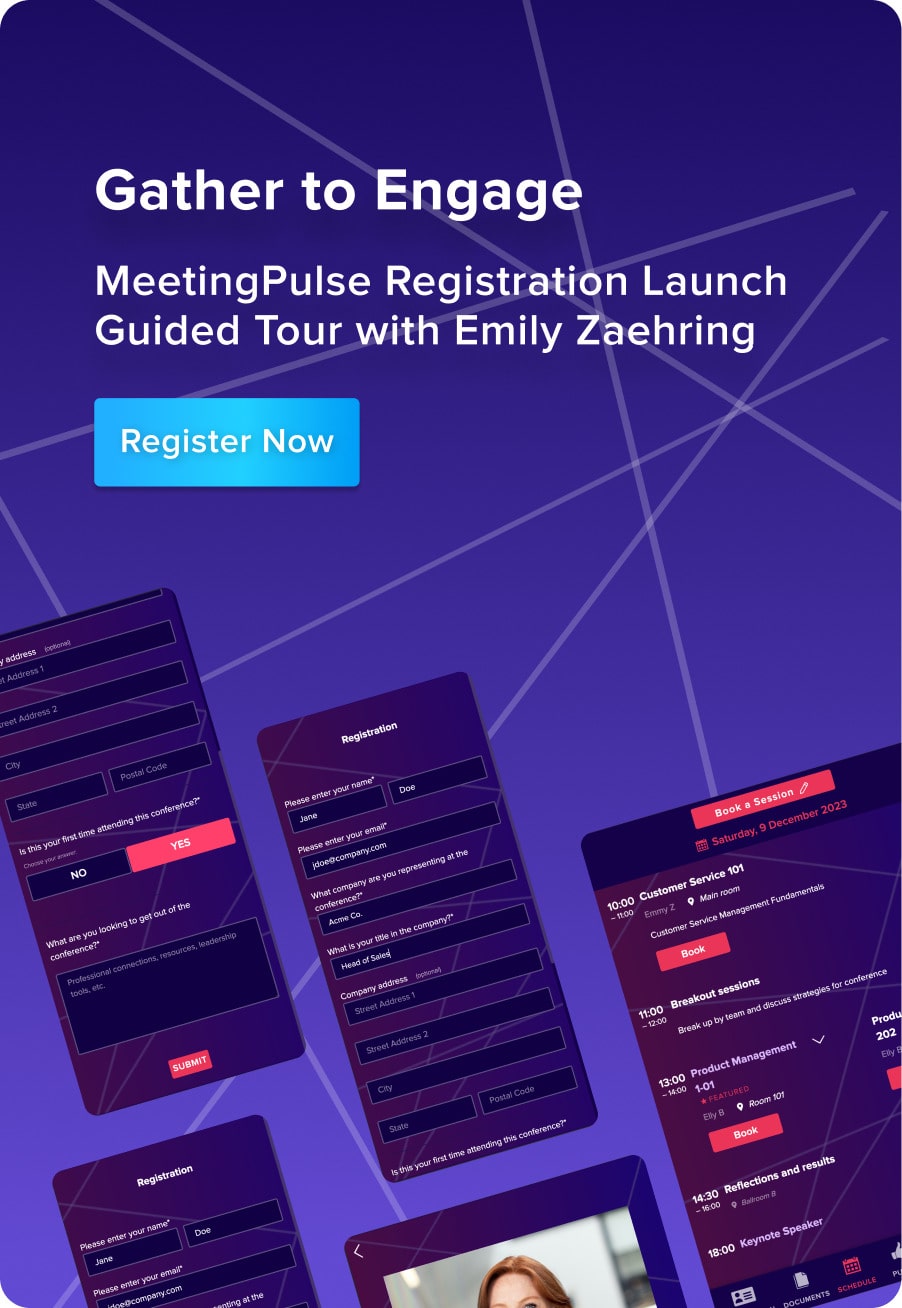Audience participation is critical in today’s meeting culture. Gathering data through questions, polls, surveys, and other channels helps to ensure that a group is engaged and invested in a presentation.
There are various ways to collect this information when it comes to audience response systems. Browser-based voting and text message voting are two of the more popular approaches as of late.
Text message voting has some downsides, while browser-based voting tools feature advantages that make them more powerful choice for meetings. Here are five advantages that browser-based voting poses over text message voting.
- Browser based voting provides a “richer” user experience. Because of the dynamic, social nature of the web, users can enjoy engagement with fellow audience members. There is a greater opportunity for real-time feedback and interaction, you can show and share pictures, charts and graphs, the user interface provides more options overall.
- You can authenticate users via a browser. Authentication is a process through which any credentials provided can be compared to those on file in a database of authorized user information. If the provided credentials match, a user is granted authorization for access. This is quickly and easily accomplished with browser-based voting apps.
- You can capture user details with ease. Users can connect to their Twitter, Facebook, or other social media accounts more quickly and easily. Essentially, anything that needs to be brought up on the web is easier to access because users are already operating on the web with the app.
- You can have peer-to-peer interaction in a group. Although texting happens between two people or a occasionally in small group, it is technically a solo and “one way” form of communication without real time response. After you send your text, you need to wait for the other person to reply. This is less efficient than other interactive options. With browser-based voting ten, twenty, or a hundred people can all interact in real time.
- No text messaging rates apply for attendees. Not all voters participating in your poll have unlimited texting. Some providers will charge for messages over an allotted amount. A member of your group may be hesitant to provide an answer for fear that they’ll see extra charges on their next phone bill.
There is no question that live audience participation has major advantages when it comes to conducting a successful meeting. Choosing the tools for collecting data isn’t always clear cut, but the advantages of browser-based voting tend to outweigh those of text message voting for the above reasons and more.
Related: How Innovative Companies Utilize Online Voting Systems
MeetingPulse is a meeting solution that gathers audience data through browser-based tools that are simple, accessible, and efficient. With nothing to download, audience members can join meetings via link and submit votes securely.
Our technology is built to be scalable and customizable, with user-friendly tools designed to fit your meeting needs. Please contact us for more information or sign up to receive blog updates and our informative eBook.






